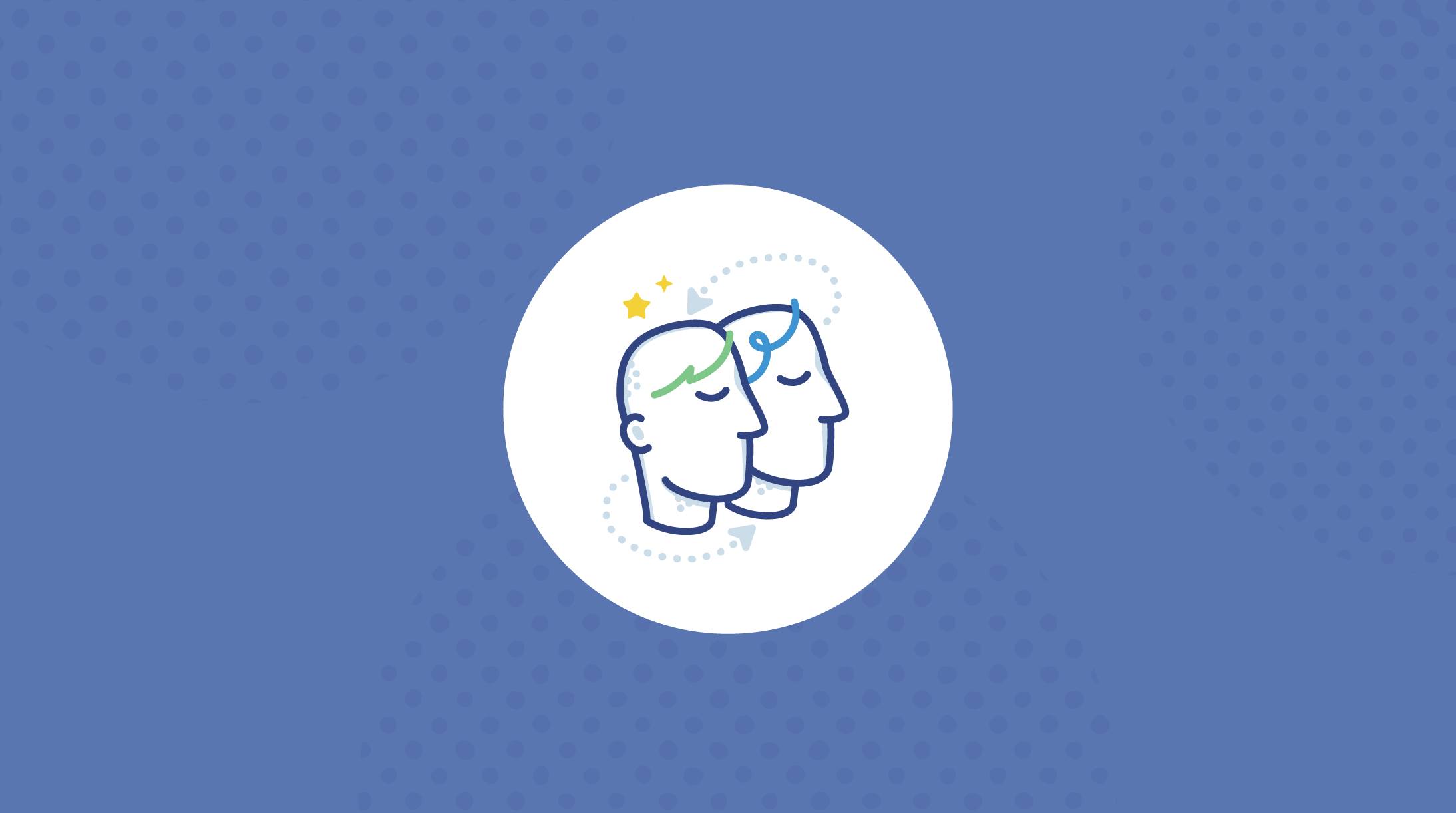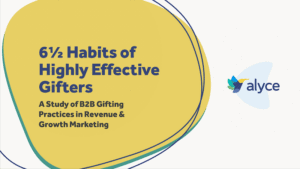
Confession: I’m a nerd.
A nerd with a fascination of neuroscience, psychology, and their intersectionality in marketing. This natural curiosity for how and why people make the decisions they do has had me up early in the morning researching why some marketing campaigns gain more interaction than others. Or, why folks prefer some companies over others.
All of this research has led me to the following conclusion:
We are still essentially primates. Well, at least in our decision-making habits.
It’s hard to tell, right? What with our smartphones and upright posture, but neurological research has confirmed that our primal functions are just as important – if not more so – than our evolved cortex functions.
The Role of Emotion in Decision-Making
Think of a time when you made an impulse decision. It could have been the time you opted to eat cake for breakfast ( #adulting ) or that time you had a “gut feeling” you were going to win the next hand in blackjack. In those moments, your primal systems – the systems found in primates – caused a major malfunction to your modern cortex.
Let’s take a closer look at your cake-for-breakfast decision: Sugar releases the dopamine hormone, the “happiness” hormone, into your system. Your primal function – remembering the tantalizing release of that happiness hormone in your system – defaulted to its short-term reward system and made the decision without you. Your primal cortex short-circuited the modern cortex, whose logical and pragmatic processing was in favor of the nutritional value in an avocado toast (#millenial) the whole time.
Our modern cortex functions – the functions we developed as we began developing tools and using fire to extract more nutrients from our food – give us the ability to rationalize and build logic into our decision making. Try as we might to build logic into our decisions, the primal cortex functions, an important function for those adrenalin-filled moments of ‘fight or flight,’ have been around for much longer. Thus our predisposition to giving in to our impulsivities and ‘gut feelings.’
All this to say, our primal cortex functions see to it that emotions play a heavy hand in our decision-making process.
Which leads me to wonder: if emotions are ultimately propelling our decision-making, why are we as marketers spending so much time creating campaigns to appeal to our logic-based modern cortex?
Take corporate decision-makers. In the B2B world today, buyers are doing their own research and the options at their disposal have never been more abundant. So abundant in fact that 68% percent see little to no difference between vendors. Almost half of those conducting the research on a product offering have identified solutions before reaching out to continue to initiate the sale.
So with vendors all looking the same and the logical decision-making happening without you, the only way you can win as a marketer these days is to figure out how to stimulate the primal cortex function, the emotional response, throughout your buyer’s customer journey to motivate them to partner with you.
But how?
You Get Personal.
How do you add Personal Experience to your business practices? We break it down here.
Personal vs Personalization
The emotional connection to decision-making lies in the bond brands create with their audiences. Successful B2B brands winning hearts, minds, and wallets these days recognize that a one-to-many Customer Experience doesn’t work. The “one-size-fits-all” messaging meant for mass appeal simply doesn’t evoke the primal cortex.
Instead of selling, marketing, and servicing at a high velocity, companies who are winning today are making a conscious effort to deliver experiences that are relatable, respectful, and relevant. These brands are auditing their customer journey looking for opportunities to transform one-to-many interactions to one-to-one moments as much as possible.
The difference between one-to-many and one-to-one is the difference between using personalization and using Personal Experience ( PX ).
For example, let’s say you send 1,000 cupcakes to your top 100 accounts. Statistically speaking due to an avoidance of gluten, 33% of those on the receiving end of your cupcakes will leave them untouched in the break room. Of the remaining 670 folks, the Food Information Council says about 38% of them are likely on some kind of diet. Meaning they too will ignore those cupcakes. Factor in OOO time and your well-meaning confectionary treat turned into wasted revenue.
By sending one generic gift to many people and simply changing the name on each box, that’s just data-based, surface-level personalization.
Automation coupled with personalization was a huge breakthrough for Sales and Marketing teams about 7-10 years ago. It meant that businesses could focus on “the numbers game,” segmenting audiences based on data points – like name or job title – to deliver personalization. While automation allowed us to reach a higher quantity of contacts, ultimately automation plus personalization sacrificed the quality of interactions therein. Everyone in the marketplace is equipped with the same tools, the same scripts, and the same content. There is just too much personalization in CX and not enough personal.
The Era of Personal Experience ( PX )
With the PX approach, it’s now possible to scale both the quantity and the quality of our interactions within CX.
When done right, PX evokes a positive emotion thus activating the primal cortex function turning the odds in favor of your offerings. In lieu of sending 1,000 cupcakes, a PX centric business would research their prospects – or use a tool that combines PX with automation and scale – to send 1,000 unique and personal gifts to their 100 target accounts. This business would also empower their gift recipients and allow them to exchange their original gift for one that is more desired and/or helpful.
When we prioritize personal over personalization, the emotional over the rational, we focus on the person, not the persona. I don’t know about you, but I’m far more inclined to work with a company that sees me for me instead of me as a profit.
What about you? Have you seen or worked with a company that embraces PX to trigger that primal cortex function by recognizing you as the individual that you are?
Are you one of those folks ahead of the curve using PX in your Demand Gen?
Tell me about it below!






